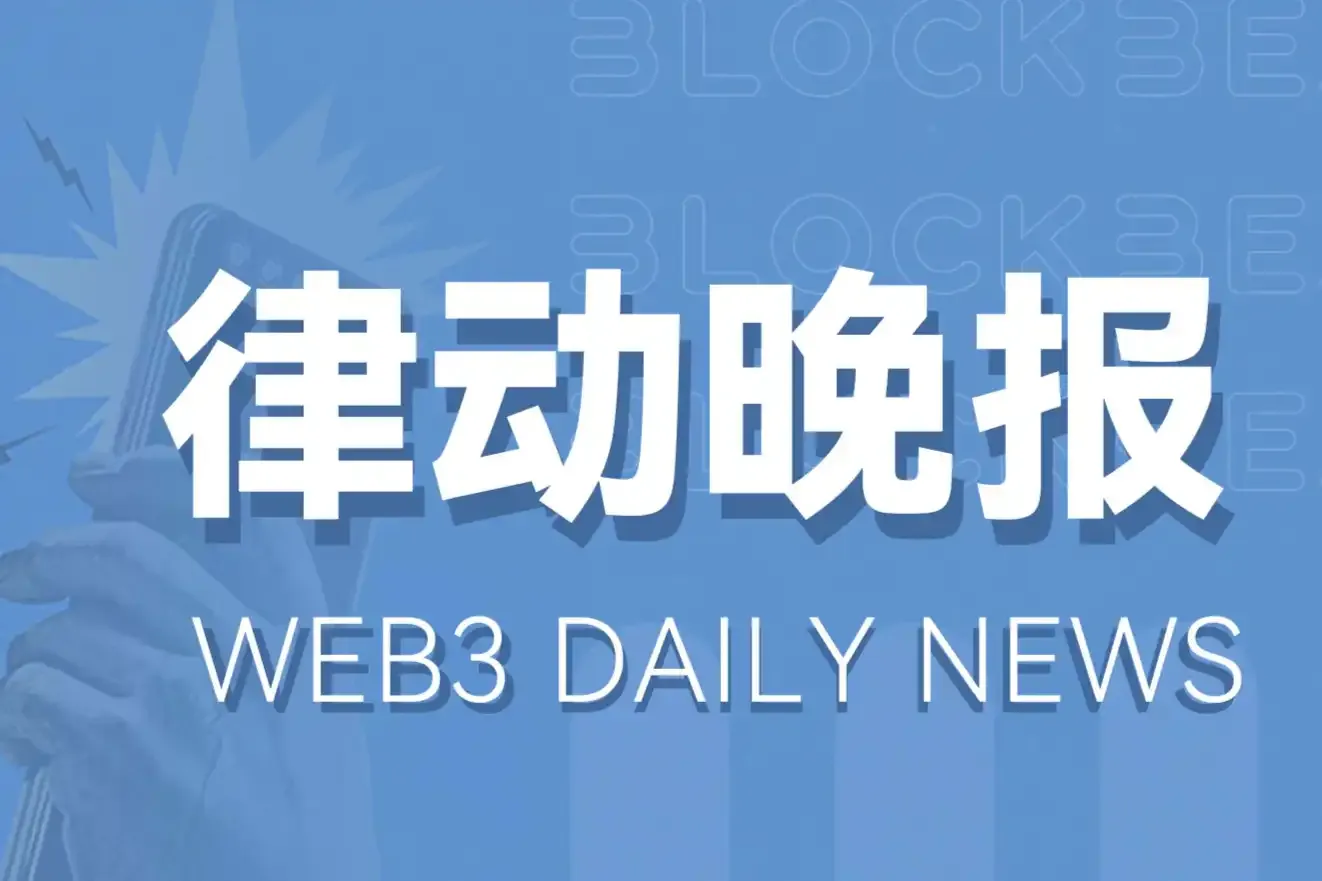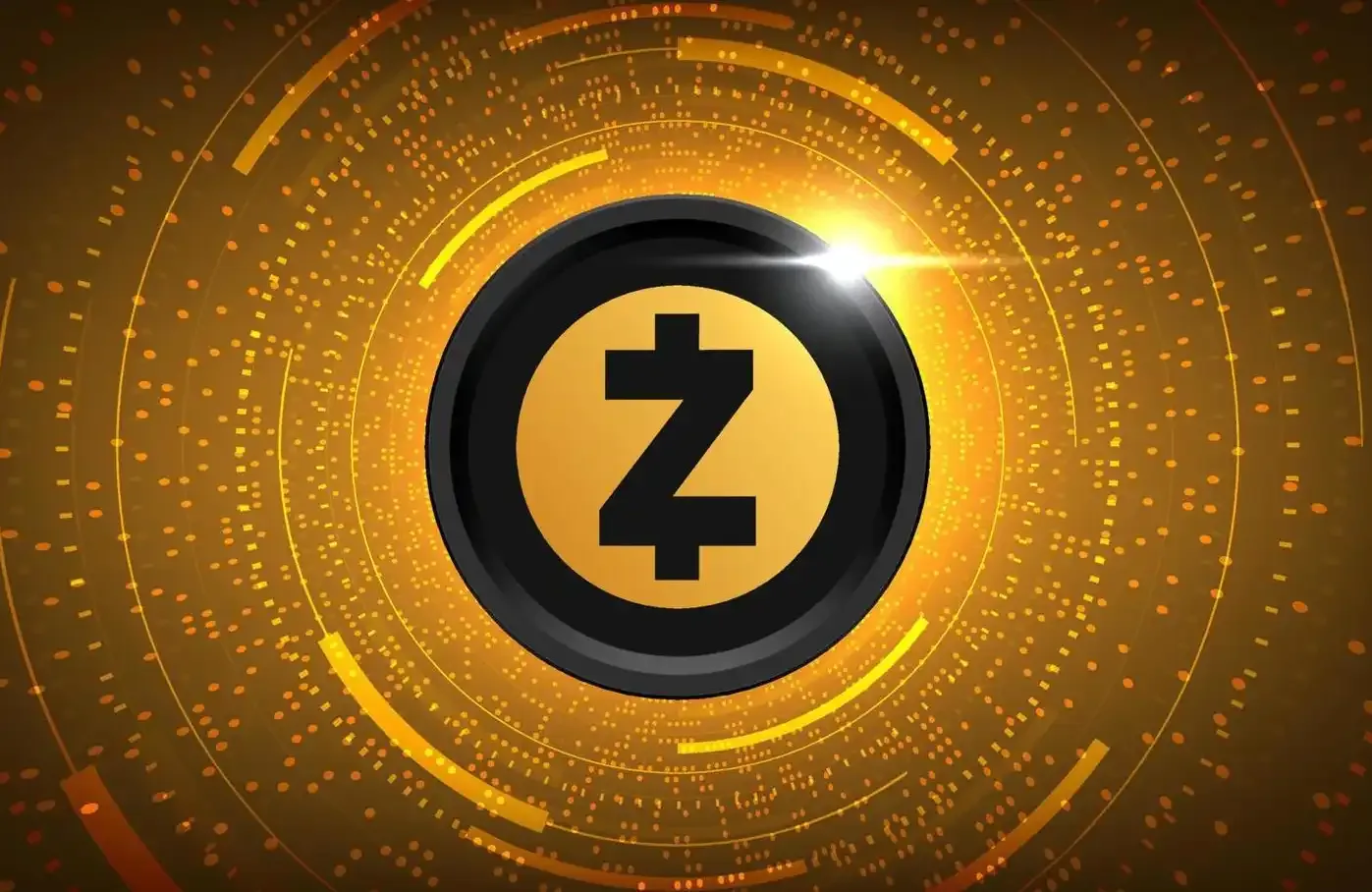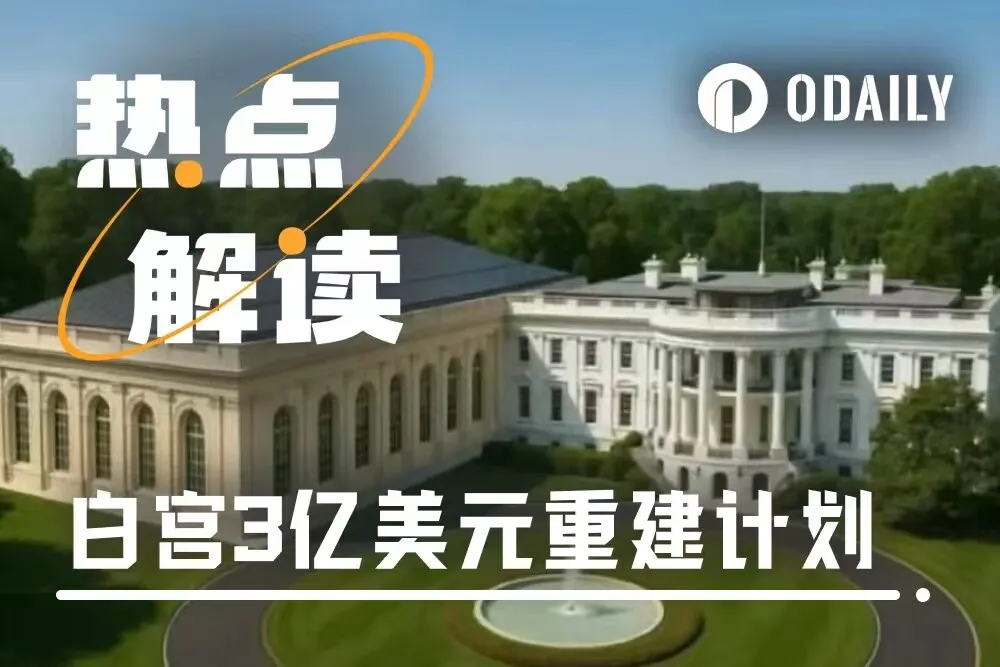Written by: Cole
Since the AI explosion, AI agents have become a hot topic in the tech world. When OpenAI launched the o1 model, Claude supported computer operations, and Google released Gemini 2.0, everyone was asking the same question: What’s the next step for AI agents?
One of the answers is: Let the agents pay for themselves.
Imagine a scenario—your AI assistant needs to check the weather, book tickets, and reserve hotels to complete a travel plan. On the traditional internet, it gets stuck: it needs to register an account, set up an API key, and bind payment information. But on the new internet, it can discover these services, automatically pay small fees, and complete the entire task in seconds—completely without human intervention.
This is becoming a reality, driven by something called the X402 protocol. When Coinbase created it, Google supported it, and a16z invested in ecosystem projects, on-chain transaction volume skyrocketed by 10,000%, marking a fundamental shift. The internet is gaining something that should have existed 27 years ago but is only now ready: a native, blockchain-level payment layer.
01 What is X402
The internet has an age-old problem: the lack of a native payment method. Want to buy a $0.01 article? The $0.30 fee per credit card transaction makes that impossible. Want to call an API for a computation? That’s not feasible either. So the internet turned to advertising or subscriptions—Google and Facebook built on this deficiency.
In 1997, the Internet Engineering Task Force created the HTTP 402 status code (Payment Required) in an attempt to reserve this position. But due to the lack of viable technology, it lay dormant for 27 years.
X402 is the key to waking it up. This protocol is simple: use blockchain to make payments the native language of the internet—just as HTTP itself is foundational.
How does it work?
The X402 process is straightforward: the agent requests data → the server returns a "402 Payment Required" → the agent generates a cryptographically signed payment instruction (done offline) → re-requests with the signature attached → the server immediately delivers the data, while asynchronously broadcasting the transaction to the blockchain.
The core innovation here is delivering data without waiting for blockchain confirmation. Why? Because blockchain transactions take seconds to confirm, but API users need millisecond-level responses. X402 cleverly separates "payment intent verification" from "on-chain settlement"—trading a tiny risk for immediacy.
There are three key roles in the ecosystem. First is the client—the AI or user holding a crypto wallet. Second is the resource server—providing paid services via API. Finally, there is the service provider—an optional but important third party responsible for handling complex on-chain operations. Coinbase is such an official service provider, allowing developers to avoid managing private keys and gas fees themselves—significantly lowering the entry barrier.
Why now? Three technologies maturing simultaneously
Powerful LLMs enable AI agents to autonomously complete complex tasks, requiring frequent calls to various services. This creates an urgent demand for high-frequency, low-value machine payments—the first change brought about by AI breakthroughs.
Secondly, the maturity of Ethereum L2s like Base. These networks have reduced transaction costs to a fraction of a cent, making $0.001 payments economically viable—something traditional payment systems cannot achieve.
Thirdly, compliant stablecoins like USDC provide a reliable unit of account, bridging the gap between crypto and the traditional economy.
Core problems solved
X402 first addresses the micropayment issue. The fixed fee of $0.30 for credit cards makes any microtransaction economically unfeasible, while the protocol layer fee for X402 is zero, with minimum transactions as low as $0.001, settled in seconds, globally accessible. This is a completely different magnitude.
Secondly, it changes the way users access services. Traditional methods require account registration, key setup, and payment binding. X402 adopts "payment as authentication"—the agent discovers services, reads prices, automatically pays, and obtains resources, all seamlessly. This represents a shift from "platform-first" (controlled by intermediaries like Stripe and Apple) to "protocol-first" (open standards)—developers can finally monetize directly.
02 Major players and ecosystem status
X402 is not a fringe experiment; many major players are already involved in and driving the development of the X402 ecosystem:
Coinbase
Protocol creator, operating as the official service provider for Base L2
Strategic goal: to build infrastructure for the "agent-driven network" (AI agent-driven crypto economy)
Coinbase Payments MCP simplifies user experience by creating wallets via email
Developing A2A X402 extensions, connecting agent communication and payments
Creating a complete framework for service discovery → task negotiation → payment → delivery
Recognition from mainstream tech giants indicates that agent-driven commerce has become a trend
a16z
Top venture capital firm firmly supporting the "agent-driven commerce" track
Investing in ecosystem-related projects like Catena Labs
Believes protocols like X402 far exceed Visa and SWIFT in speed, cost, and programmability
Main ecosystem participants

The power of X402 Bazaar
Bazaar is the most critical part of the ecosystem. Imagine if there are thousands of X402 services, how can agents know about them? That’s the problem Bazaar aims to solve—it creates a standardized, machine-readable service index, allowing agents to dynamically query, discover, and automatically call services. Completely without human intervention.
Applying this capability to a real scenario: a travel planning agent needs to complete bookings. It discovers weather APIs, flight APIs, hotel APIs, and car rental APIs sequentially through Bazaar, automatically paying for each call, completing the entire complex booking in seconds. This is the emergent behavior of the agent-driven network—agents learn to combine various services on their own.
Dune Analytics shows that X402's monthly growth exceeds 10,000%, with daily transactions in the hundreds of thousands. What lies behind these numbers? The launch of the PING token has attracted a large number of speculators.
But why is this important? Although the growth is driven by speculation, it validates the feasibility of the technology and the stability of the system. Hundreds of thousands of daily transactions indicate that the system can handle real workloads without crashing. What’s truly worth observing is whether the ecosystem can transition from the speculative phase to real commercial application.
03 Potential issues
User experience is the weakest link in X402. The protocol itself is designed for machines, but humans need to initialize wallets, manage private keys, and purchase stablecoins. This requires a friendly "agent management platform" to completely hide all complexities.
Security and regulatory risks cannot be ignored either. Malicious prompt injection and infinite spending loops are potential threats. Coupled with X402's reliance on stablecoins, it places it directly under the scrutiny of financial regulators.
From a network effect perspective, X402 needs enough service providers and agent users. This is a classic "chicken and egg" problem. Bazaar is breaking this deadlock through a standardized service discovery mechanism.
Finally, there is competition from traditional finance. Visa's "Smart Business API" and Mastercard's "Agent Payment API" are real threats—only they take a centralized, permissioned route. This is essentially a battle of architectures: centralized platforms vs. open protocols. Historically, open networks often triumph over closed platforms (HTTP defeated AOL), but this time traditional players are too strong. The future may see both solutions coexisting.
04 Conclusion
X402 is a redesign of internet infrastructure. From being defined in 1997 to being awakened in 2025, this story is about waiting—waiting for AI, waiting for blockchain, waiting for technology to mature. The conditions are now ripe.
It is not perfect and faces challenges such as security and regulation. But it is an open solution supported by top American companies. For those interested in crypto and AI, X402 is a core infrastructure worth understanding deeply—before the golden age of the agent economy arrives, such payment protocols will become the invisible gears driving the entire ecosystem.
The revolution of internet payment infrastructure has already begun.
免责声明:本文章仅代表作者个人观点,不代表本平台的立场和观点。本文章仅供信息分享,不构成对任何人的任何投资建议。用户与作者之间的任何争议,与本平台无关。如网页中刊载的文章或图片涉及侵权,请提供相关的权利证明和身份证明发送邮件到support@aicoin.com,本平台相关工作人员将会进行核查。



